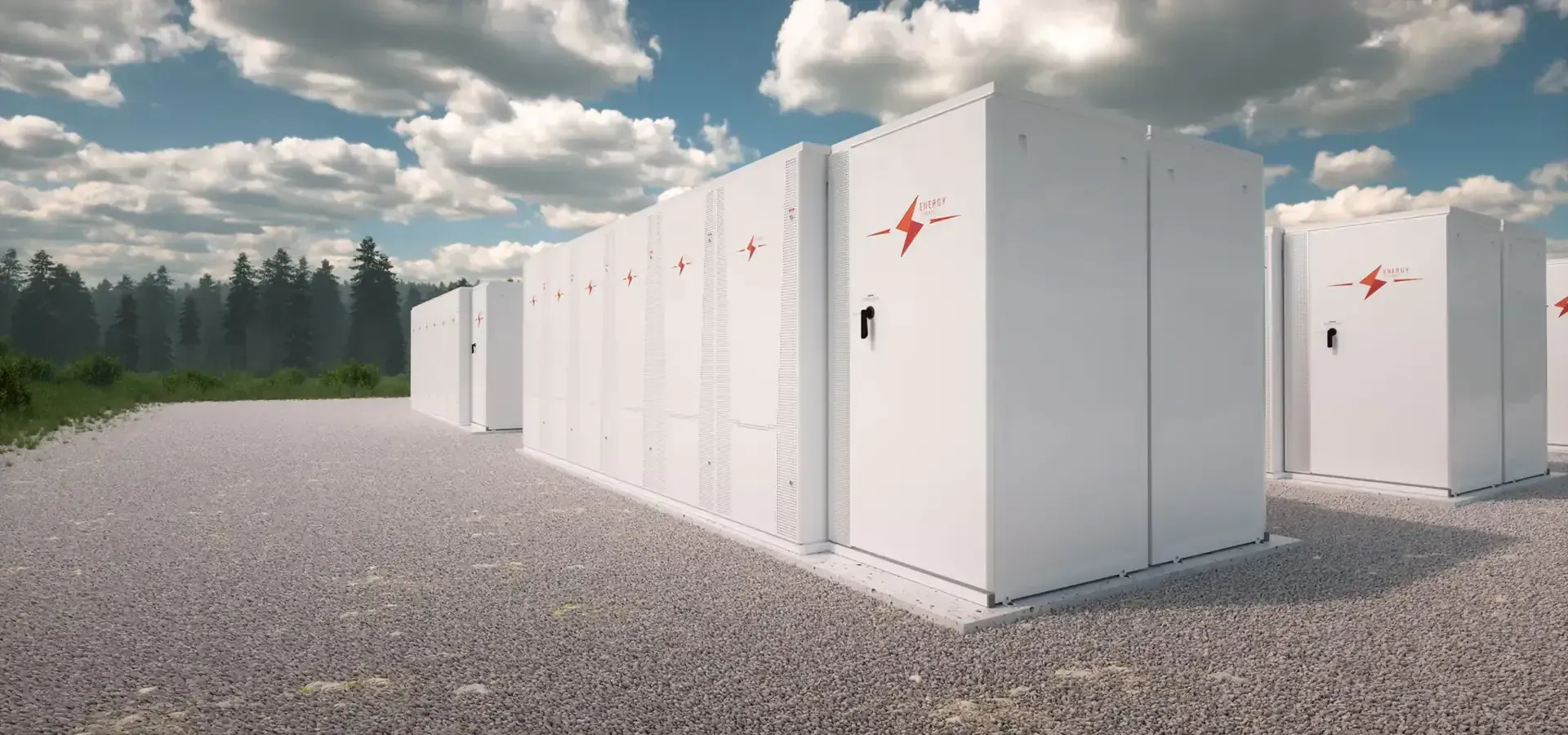Cornwall Insight was commissioned by Zenobe Energy to undertake network charging analysis. Zenobe design, finance, build and operate battery solutions, and is on track to manage 1GW of grid-connected battery power by 2025.
The last decade has seen considerable amounts of battery storage connecting to the grid, with over 1GW clearing at the last Capacity Market auction for delivery in 2025-26. However, network charging regulation has not responded to this development: the last substantial updates to the methodology took place in 2014. This means electricity storage is charged in the same way as gas and coal generation, taking only exports, and not imports, into account. The resulting high charges can be a significant part of the cost stack for grid-connected batteries, particularly for assets seeking to connect in some locations, most notably in Scotland.
Zenobe wanted to understand how amending the TNUoS approach for storage to reflect both imports and exports would affect other system users. They also wanted to explore whether there would be a net benefit of reducing TNUoS for storage in constrained areas of the network. In these areas, battery storage can absorb power at times of high generation to reduce network constraints, and then export back to the system at times of lower generation when network constraints are alleviated.
We undertook analysis on two industry code modifications Zenobe was considering proposing, both of which would seek to amend the calculation of TNUoS charges for battery storage assets. One modification proposed to reflect both imports and exports in transmission charges for storage. The other proposed to incentivise storage to locate in constrained areas by exempting assets in these regions from charges. We provided analysis of how Zenobe’s suggested changes would impact other generators, and of the extent to which battery storage in key locations could reduce constraint costs.
Our independent analysis helped make the case for change as it demonstrated that both modifications would have minimal impact on other generators, but potentially significant impacts on network constraint costs. On completion of our analysis, the modifications were submitted to the formal change process for the Connection and Use of System Code (CUSC) as CMP393 and CMP394, with our supporting analysis published alongside the modification proposals.
Robert Newton, Regulation and Public Affairs Associate at Zenobe commented: Cornwall Insight created a focused paper in a tight timeframe, providing us with a clearer picture of the regulatory landscape around energy storage.”
N.B. Zenobe recently withdrew CMP394 and are proceeding only with CMP393. This is because they want to focus on addressing the defect in the methodology, rather than actively providing a locational signal for storage through network charges.

